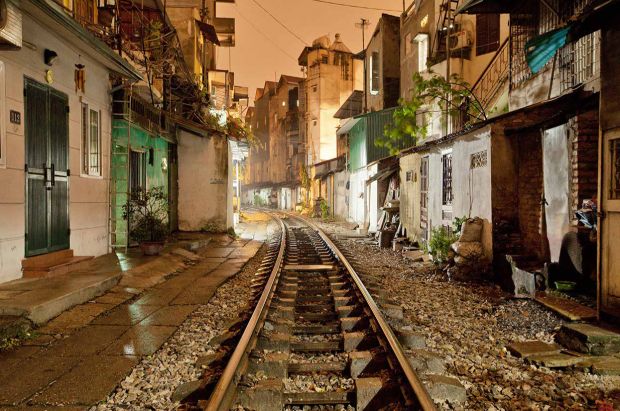1.
Lovejoy is most likely using a digital format
for his photographs. It is not clearly stated whether or not he is using analog
or digital. In addition to this, he is also utilizing color format. It appears
that he is using a higher saturation setting on his camera, documenting the
bright vivid colors that come out of these mixtures.
2.
His subject is something that is very
interesting- taking paints and inks and blending them together, then taking a
photograph of the end result. The various liquids in topic are not completely
mixed together, and have a very glossy look to the mix, hence the bright
highlights in the picture.
Predominately, it appears he is using various paints, due to the sheer
amount of colors that appear in the mixes. He has also used oil, resin,
diluents, drying agents and waxes to add to his mixtures to create a different effect
each time. He has done this project for several years, and has posted thousands
of pictures like the ones featured online.
3.
I personally found genuine interest in Lovejoy’s
work. While most photographers make pictures of scenery, people, or even parking
lots, he is finding new ways to explore what he put his camera to use for. I
also find very interesting in the dynamics of these various liquids interacting
with each other, some of which appear to make an actual image in the blend.











































